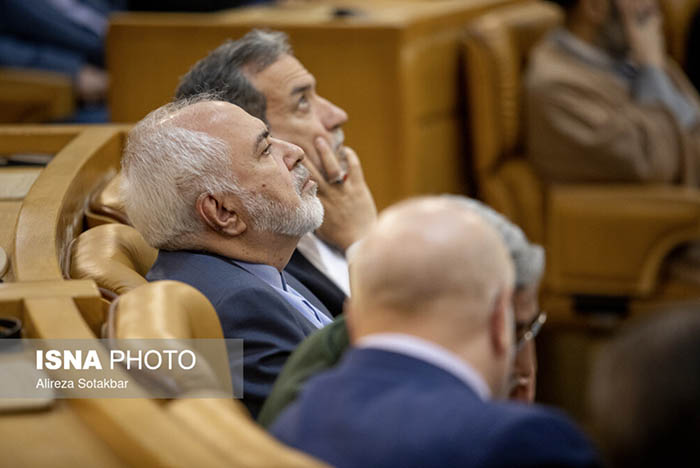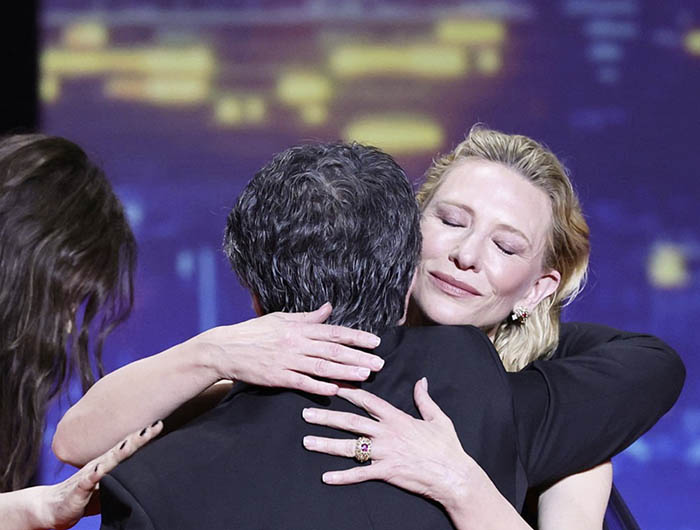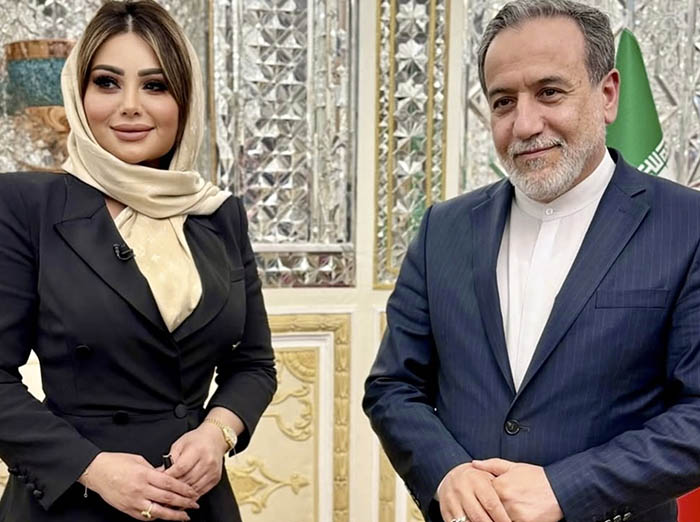Top 11 Highlights of the Nasrallah International Conference 2024

The Future of Resistance Movements
As the conference drew to a close, it became evident that Syed Hasan Nasrallah’s legacy is far from static; it continues to inspire new dialogues and strategies in resistance. The insight gained from such international gatherings could pave the way for innovative approaches to address the pressing contexts of conflict, sovereignty, and justice.
The commitment from leaders and experts signifies a united front not only for preserving the ideals of Nasrallah but also for fostering a future where diplomatic engagement and resistance are seen as complementary rather than opposing forces. The ideals of sacrifice, unity, and strength will remain pivotal in the ongoing struggles that define the dynamics of the Middle East.
In hash, the “Nasrallah School” conference not only commemorated a pivotal figure but also reaffirmed the relevance of his teachings for contemporary society. As the struggles for justice and sovereignty continue, the lessons gleaned from this gathering will contribute to shaping the future of resistance movements across the globe.
A Significant Encounter: Javad Zarif and Ismail Qaani at the “Nasrallah School” Conference
During the “Nasrallah School” conference, the meeting and discussions between Iranian Foreign Minister Javad Zarif and General Ismail Qaani, the Commander of the Quds Force, garnered particular attention. This encounter symbolized the ongoing dialogue between diplomacy and military strategy within Iran—a theme deeply rooted in the discussions surrounding Syed Hasan Nasrallah’s legacy and the broader context of Middle Eastern geopolitics.
Context of the Meeting
The exchange between Zarif and Qaani took place against a backdrop of heightened tensions in the region, particularly involving Iran’s relations with Western powers and its neighbors. With the fate of the Joint Comprehensive Plan of Action (JCPOA) hanging by a thread and ongoing conflicts in Syria and Iraq, the collaboration between diplomatic entities and military leaders is crucial. Zarif and Qaani’s interaction highlighted the need for synchronized efforts in both fields to address the multifaceted challenges facing Iran.
The Dynamics of Diplomatic and Military Leadership
Javad Zarif, known for his thoughtful and strategic approach to international negotiations, emphasized the importance of diplomacy in navigating the current geopolitical landscape. Zarif has frequently underscored that successful diplomatic efforts can lead to the lifting of sanctions, fostering better relations, and ultimately benefiting the Iranian populace. His call for comprehensive negotiations echoed themes from his conversation about the necessity of establishing a balance between military readiness and diplomatic initiatives.
General Ismail Qaani, who succeeded General Qassem Soleimani after his assassination, represents the military’s perspective and role in Iran’s ambitions. Qaani’s leadership of the Quds Force—a branch of Iran’s Revolutionary Guards focused on extraterritorial operations—demands that military action effectively supports strategic objectives. He has consistently articulated that military might should complement Iran’s diplomatic outreach, especially in regions where Iranian interests are particularly vulnerable.




